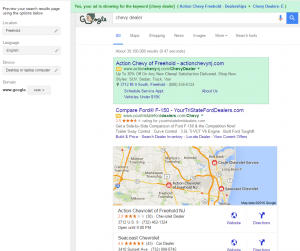Data Privacy Shifts: Plan Now to Stay Ahead Later
Your brand is being forced to grapple with the dramatic changes to consumer privacy we’re all familiar with. Some, like Apple’s IDFA, are here now, and more — like Google’s departure from the cookie — are coming. So, how should marketers plan and use this time before the faucet is completely shut off?
The new reality creates difficulties in measuring impact and maximizing reach to targeted audiences. However, the impact of these changes should be evaluated in the context of the capabilities of alternative new approaches.
For instance, Google’s cookie phaseout comes with a proposed replacement called the Federating Learning of Cohorts (FLoC), a system that relies on anonymized signals to permit targeting within Chrome. It will cluster sets of people together based on their interests, preferences, and demographics.
Net-net, plans built within Google’s ecosystem will continue to be efficient, while campaigns outside of Google will suffer.
Individuals in these groups will remain anonymous, but advertisers will still be able to place relevant ads, with “at least 95% of the conversions per dollar spent when compared to cookie-based advertising,” according to Chetna Bindra, Google’s group product manager, user trust and privacy, writing in a Google blog.
In tandem, first-party data strategies will be instrumental in extending reach. According to a 2020 Boston Consulting Group study commissioned by Google, “marketers that use all of the first-party data available to them can generate double the incremental revenue from a single ad placement,” writes Jonathan Meltzer, Google’s d
So where do you begin as an advertiser? We recommend these four actions:
Invest the time to better understand your target audience and customer: Learn more than just your audience is in the market for coffee or in the market for a Toyota. What other interests or behaviors do they have? Are there any that are very common among these customers? What else are they doing online? Are there “outside of the box” methods to target these customers?
Be flexible as an advertiser and prepare for uncertainty: If 2020 taught us anything, it was to be prepared to roll with the punches, adapting to the changing landscape and to market forces out of your control. Be prepared and ready to quickly adopt new platforms and technologies as they become available.
Your customer and first-party data should be a major investment: In addition to learning about your customer, gather as much data as you can at retail point of purchase, ecommerce checkouts, opt-ins and gated content downloads. Store this information in your CRM and then make it available to digital channels for remarketing and targeting look-a-like and other custom audiences.
Become knowledgeable and comfortable with audience segment targeting or FLoC: Google has put its eggs in the basket of FLoC, which essentially groups users into categories based on browsing history, then allows you to target categories instead of targeting individual users.
We understand there are still a lot of unknowns, and some of the largest and most profitable companies in the world are working on alternatives. I’m confident that as the alternatives are implemented, advertisers will find ways to best utilize alternatives, rely more heavily on their own first-party data and digital ecosystems, and be successful in digital marketing.
(74)
Report Post





